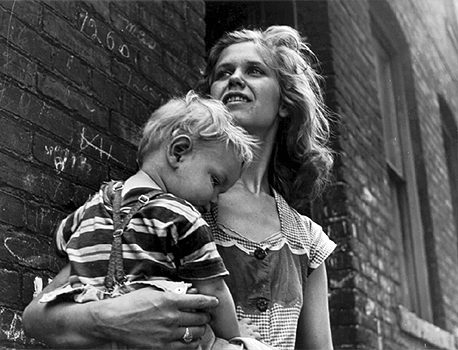

The North Side, a patchwork of smaller neighborhoods, was itself once a city, now nostalgically remembered as "Old Allegheny." Annexed by the city of Pittsburgh in 1907, the City of Allegheny was once the fashionable home of some of Western Pennsylvania's wealthiest families. And, despite redevelopment, the North Side remains a place of great charm, beauty and vitality.
Exposition Park was the site of the very first World Series game ever played. In the nineteenth century Allegheny was a station on the underground railroad: leading abolitionist and philanthropist Charles Avery established a school for the education of African Americans. Charles Taze Russell established a church which would eventually become known as Jehovah's Witnesses. H. J. Heinz, an industrialist with a great sense of civic responsibility, built a world-wide corporation employing management techniques far in advance of their time. The modernist writer Gertrude Stein and the best-selling mystery writer Mary Roberts Rinehart were both born there; and the author Willa Cather credited Old Allegheny as the "birthplace" of her writing career. Early--if somewhat unusual--research into aerodynamics was conducted in Old Allegheny by Samuel Pierpont Langley. At Three Rivers Stadium Roberto Clemente is dramatically memorialized and the "Bucs" have entered into their 109th National League season. On top of all this the North Side boasts The Andy Warhol Museum, The Carnegie Science Center and The National Aviary in Pittsburgh.
With an extraordinarily rich past, the old city of Allegheny, that is, the North Side, continues to cherish and to struggle with its inheritance-- retaining its character and remaining, in many ways, unsubdued by its big neighbor across the river.